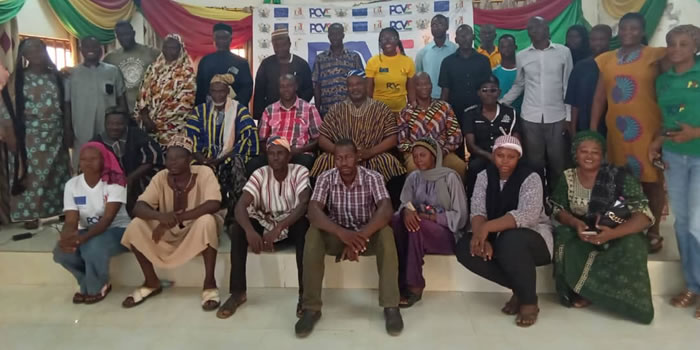

Introduction
The overall development of a country is based on the production of goods and services. Essential to the production of goods and services is the human capital of the country. Although all persons irrespective of age and sex consume goods and services produced, only a section of the total population produces them: a working population often referred to as the “employed’. The type of economic activity pursued is influenced by nature of the economy and level of socio-economic development (Hull, 2009). Generally, the larger the employed population, the more wealth is created leading to the general well-being of the population.
Contributing to the issues regarding employment are key factors such as changes in the structure of the population in terms of the proportion of economically active persons and the state of the labour market.
This chapter analyses the economic activities pursued, economically active and economically not active, the employed and the unemployed population in the district based on the 2010 Population and Housing Census. Each of these population characteristics are analysed by age, sex, marital status, level of education, sector and status of employment.
Economic Activity Status
The population 15 years and older by activity status and sex is presented in Table 4.1. A total of 17,655 persons representing 81.3 percent of persons who are 15 years and older are economically active whiles 18.7 percent are economically not active. About 98 percent of the economically active persons are employed whiles 1.9 percent are unemployed. Persons who are in full time education constitute about 30 percent of the economically not active population.
Although there are more females (11,193) than males (10,513) in the population 15 years and older, there are more males (84.6%) than females (78.2%) who are economically active. Of the economically active males, 98.5 percent are employed, 1.5 percent are unemployed. Almost half (50.7%) of the economically not active male population are in full time education. For females 78.2 percent are economically active and 97.8 percent are employed. Of the female economically not active population (21.8 %), about 48 percent “did home duties” and 16.7 are in full time education.
Table 4.2 shows the employed population 15 years and older by sex, age and activity status for the Kumbungu District. The highest proportion of employed population (92.6%) is reported within age groups 45-49. Also, the highest proportion of employed males (96.1%) and employed females (88.6%) is recorded for the same age group.
On the other hand, the least percentage (61.3%) of employed persons was recorded at age 65 and older. The least proportion of employed females (46.5%) is found at age 65 and older, whiles that of the males (67.7%) also occur at age group 15-19. With regard to the unemployed population, the highest proportion (2.9%) of unemployed in the district is recorded for the age groups 25-29 and 60-64 (2.8%). The proportion of economically not active for ages 65 and older is as high as 38.5 percent.
Occupation
Occupation refers to the type of work the person is engaged in at the establishment where the person works. In the census, this was asked only of persons who worked for at least one hour during the seven days before census night, and those who did not work but had a job to return to as well as those who were unemployed but had worked before. All persons who worked during the seven days before the census night were classified by the kind of work they were engaged in. The emphasis was on the work the person did during the reference period.
The population 15 years and older by occupation and sex in the district is shown in Table 4.3. Skilled agriculture, forestry and fishery workers constitute the highest proportion (88.3%) of the employed population in the district. This is not surprising because, the district is entirely rural with its people widely engaged in agricultural activities. This is followed by occupations in Craft and related trades workers (6%) and Service and sales workers (3.1%). The least is Clerical support workers with less than 0.1 percent.
It is also worth mentioning that, in the Craft and related trades workers and Service and sales workers, there are far more females engaged in those occupations than males in the district.
Date Created : 11/21/2017 6:03:43 AM










 facebook
facebook
 twitter
twitter
 Youtube
Youtube
 +233 593 831 280
+233 593 831 280 0800 430 430
0800 430 430 GPS: GE-231-4383
GPS: GE-231-4383 info@ghanadistricts.com
info@ghanadistricts.com Box GP1044, Accra, Ghana
Box GP1044, Accra, Ghana